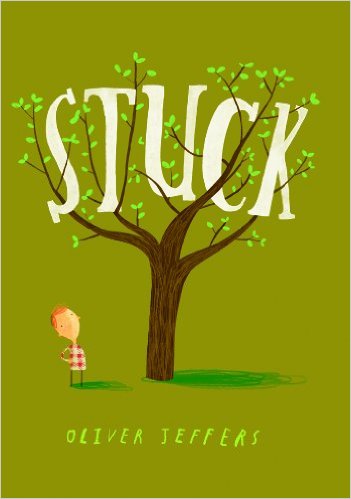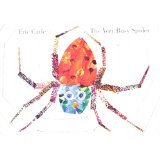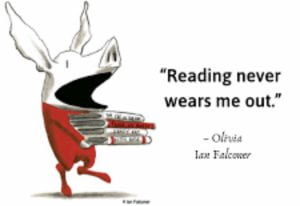Finding a feather is a wonderful treat. So why not try this search for birds’ feathers activity and find a natural treasure in your own backyard?
Grab a paper lunch sack, slip on your sneakers, and head outside.
What You’ll Need:
- Brown paper lunch bag
- Gardening gloves (optional)
- Walking stick
- Spiral notebook
- Tape
- Markers
Keep your eyes peeled. Remember that feathers are light and easily caught by the wind, so carefully use your gloves and walking stick to rummage through piles of natural debris blown against large stones or fallen logs.
When you find your feathers, slip them into your paper bag for safekeeping until you get home. Once you do, ask your parents or adult neighbors if they can help you identify what bird lost each feather.
Use library books or the Internet to find pictures of the birds. Tape the feathers inside a spiral notebook and make a few notes about what secrets
each one revealed.
Be sure to wash your hands with soap and warm water whenever you handle wild feathers of any kind. Feathers can carry germs.
Be a bird watcher!
(From the January/February 2020 issue of BirdWatching magazine)
Keep in mind is that if a child has an innate interest in birds, that interest can be nurtured, and if a child isn’t currently interested, an interest can, in many cases, be sparked. And there are a lot of good reasons for wanting to share the world of birds with children.
First of all, a love of birds gets kids outdoors, and that’s a good place for kids (and adults) to be. Studies show that spending time in nature is beneficial to both our physical and mental health. Among other things, it improves blood pressure, helps lift depression, decreases the risk of cancer, reduces stress, and boosts short-term memory. Ample, unstructured time outdoors provides kids with the opportunity to experiment with activities such as climbing trees and jumping over streams, and this gives them increased confidence, creative problem-solving skills, gross motor skills, and flexibility. A “wild child” has a greater ability to concentrate and, in short, has an academic edge.
Indeed, an interest in birds can be a child’s first step to falling in love with biology and the other sciences. We were, in a sense, all born scientists. That is, babies and toddlers are constantly experimenting and observing in order to figure out how the world works. They throw their toys to see if they will always fall; they mix their milk with their beef stew to see how the consistency and colors change; and they constantly test our boundaries. Of course, much of this is what we generally call “bad behavior,” and we naturally try to curb it. But the trick is keeping our children’s innate scientific interests alive by channeling the impulses rather than squashing them. Exactly how we go about doing this is somewhat individual. It depends on who we are; it depends on who our kids are. Yet there are some pointers we can keep in mind.
For starters, really engage with a child’s questions: How do birds fly? What do crows eat? Are those robins fighting or playing? Don’t be afraid to say you don’t know, but show them how to find the answers to their questions in books, on the Internet, or by observing. Matching games are another possibility. For example, you could gather images of various types of birds plus images of their eggs, nests, and/or the environments where they live. Then ask the child to match them up. Matching adult birds with their newly hatched young is particularly fun since — I think we can all agree — baby birds are quite funny looking.
Now, consider a birdwatcher’s most important tool: binoculars. When you give a child a pair, she’ll follow your lead finding nests or observing how different types of birds have different flight patterns. But then it’s just a matter of time before she trains her binoculars on the moon and begins to discover the wonders of astronomy. So, in that same vein, consider the gift of a microscope for an upcoming birthday. In magnifying feathers and eggshells, children get a whole other view of birds, and then they can marvel at seeing other things up close, too — maple leaves, onion skins, swamp water, and more. By the time your kids use microscopes in biology class, they’ll be pros.
Another reason to want to share the joy of birds with children is because, right now, the world needs green-thinking like never before, and a love of birds will spontaneously spill over into a desire to protect the wild spaces that birds live in. Children have such a good sense of what’s fair and right. Educate them about how their actions have an impact and empower them to make positive changes. Show your kids how human activity threatens birds, and they’ll want to know what they can do to help. Make it clear to children that if they get too close to a nest, the parent birds might abandon it. Tell them that if they give birds seeds that aren’t fresh, they could make the birds sick. And show them how they can keep birds from crashing into windows by putting decals, BirdTape, or other patterns on the glass.
Really little kids like seeing birds that are numerous and easy to find, such as gulls at the beach, pigeons at your local city monument, or chickadees in parks where they might land on your hand for a few seeds. Ducks are another easy-to-spot option for small children, but don’t give into the temptation to feed waterfowl bread — let alone pretzels or chips! (Among other reasons, it encourages the formation of flocks that are too large, and health concerns arise when crowded birds defecate where they feed.)
Older kids enjoy more challenging “bird hunts.” When you go birdwatching with kids, show them that it’s like being a detective or a ninja. To not scare away the birds, you have to move through the forest or meadow stealthily. So, how quiet can you be? Can you creep across the forest floor? Can you use gestures to communicate with each other silently? It’s also helpful if you wear clothes that camouflage you, and you get to use binoculars or a spotting scope. Birdwatching is an exciting adventure!
Serious birders usually keep lists of the birds that they see, and youngsters can do something similar. That is, they can keep a scrapbook where they write down where and when they see different species, add drawings or photos of the birds, or write poems and stories about them. Encourage creativity. Kids, in fact, don’t need to limit their scrapbook to birds they’ve actually seen. They should, instead, feel free to include material about birds that they’d like to see but haven’t yet — maybe a Blue-footed Booby or a King Penguin. Kids can even include material about imaginary birds. Maybe your child dreams of a parrot-ostrich-hummingbird mashup. Get him to draw a picture and stick it in his scrapbook. He’ll particularly love it if you sit down with him and also draw your own crazy avian creations.
Building or decorating a bird feeder is another great project for crafty kids. Around my house, we have lots of feeders and bird houses.We like to see how the birds (and squirrels) are making use of it all. If you do have a backyard, you and your little ones can hang your feeder there, and then your whole family can enjoy seeing cardinals or finches out the kitchen window. Having a backyard bird feeder helps make birds a part of the fabric of your family life.
- Keep your cats inside – According to Science News, domestic cats in the United States kill more than a billion birds each year. If you are going to attract birds to your yard with feeders, please keep your cats inside.
- Create a bird-friendly habitat – Bird feeders are a great way to attract birds to your yard. You can also plant shrubs and trees to provide food and nesting sites and provide a source of water (a birdbath, pond, or fountain) for your visitors. You can even turn your yard or garden into a certified wildlife habitat with the National Wildlife Federation.
- Play backyard bird bingo – Once your kids can identify the birds that frequent your feeders, you can create a bird bingo game to play over breakfast. Print out pictures of the birds you are most likely to see in your yard, and glue them to a bingo card divided into nine or 16 squares, or you can use the ones here- Bird-Bingo Whenever your kids spot a bird, they can put a penny on the square with the matching photo.
- Build a birdhouse – A birdhouse is a great way to attract nesting birds to your yard. If you’re lucky, you’ll get to watch bird parents hatch eggs and raise their young. Bluebirds, wrens, chickadees, and titmice will often build nests inside birdhouses. Here’s an easy birdhouse tutorial that kids can build with adult supervision.
- Join the Great Backyard Bird Count – Participating in a citizen science project is such a great way to put what you’ve been learning to good use. Spend a week in February counting birds in your backyard, and submit your findings via eBird. More than 160,000 people around the world take part in the Great Backyard Bird Count each year.

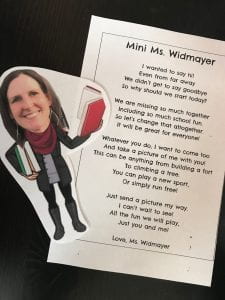
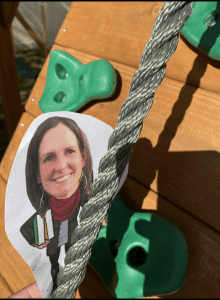
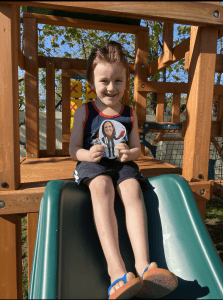
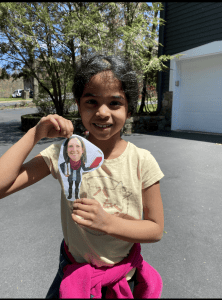

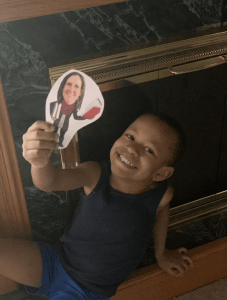

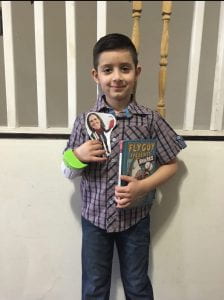

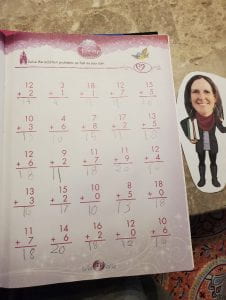
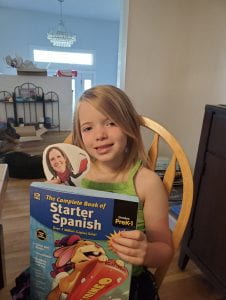

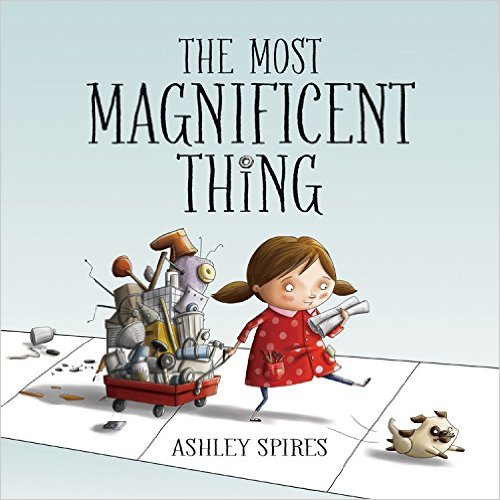

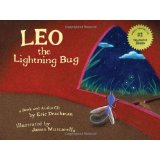


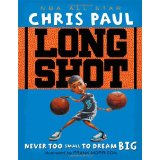
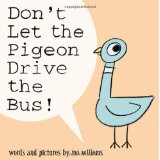 Don’t Let the Pigeon Drive the Bus
Don’t Let the Pigeon Drive the Bus 